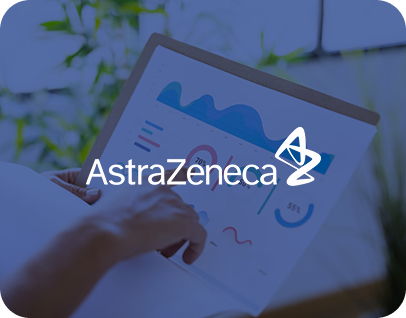Enzyme Indicators (EIs) are an advanced validation tool to rapidly measure bio-decontamination performance.
Offering a fast, cost effective, accurate and safe alternative to traditional methods, Enzyme Indicator validation technology can be effectively applied in any sector where gaseous H₂O₂ bio-decontamination is used.
Whether designing manufacturing facilities, building bespoke equipment or managing quality assurance of pharmaceutical production, Enzyme Indicators are an effective measure of bio-decontamination efficacy in cleanroom settings and sterile environments where high levels of sterility are required.
Enzyme Indicator technology offers a number of significant advantages over traditional methods for bio-decontamination validation, enabling you to boost efficacy, generate real-time data and cut costs.
Our Enzyme Indicators contain an enzyme that is inactivated during the bio-decontamination process, translating this into real-time quantifiable results and data.
Adenylate Kinase is an enzyme found in all living cells and is responsible for energy management. Its presence and activity can be measured using bioluminescence.
Due to its thermophilic origin, tAK is an extremely stable enzyme with a high tolerance to processes that would quickly inactivate most other enzymes, such as high temperature and oxidising agents. This means it has a predictable inactivation profile that can be measured across a wide dynamic range. These characteristics make tAK ideal as a surrogate marker for monitoring bio-decontamination processes.
Watch this webinar
Melanie Eggers, Sterilisation Validation Project Support Engineer at Pfizer Belgium, explains how Pfizer has adopted Enzyme Indicator (EI) technology for its VHP bio-decontamination procedures. She outlines the differences in EIs compared to more traditional Biological Indicators and the way in which Pfizer utilises the technology. Melanie also explores how the detailed data EIs provide assist with cycle development, requalification, investigations and validation.
Enzyme Indicator technology can be used for any bio-decontamination cycle that would conventionally use Biological Indicators to measure performance, especially those using gaseous hydrogen peroxide.
It works by placing the Enzyme Indicators in challenge locations throughout the area to be bio-decontaminated. Once the cycle concludes, EIs can then be quantifiably measured using a bioluminescent reaction captured by the PR2A Luminometer Reader, which generates a Relative Light Unit (RLU) Value. The higher the value, the more enzyme is left on the strip, whereas a lower Relative Light Unit Value indicates less enzyme is left on the indicator. The lower the value, the more effective the bio-decontamination.
ATHENA™, our standard and + version software, delivers real-time quantifiable results for cycles. The + version software is aligned with 21 CFR Part 11 and meets requirements for this standard.
Placement of Enzyme Indicators uses the same methodology as traditional technologies. However, because EIs provide unparalleled data on localised bio-decontamination efficacy, they allow for a more effective mapping strategy that allows for a focus on particular locations of interest.

How Pfizer utilises Enzyme Indicator technology for bio-decontamination validation

Enzyme Indicators in Aseptic Production Environment

Champions Enzyme Indicators